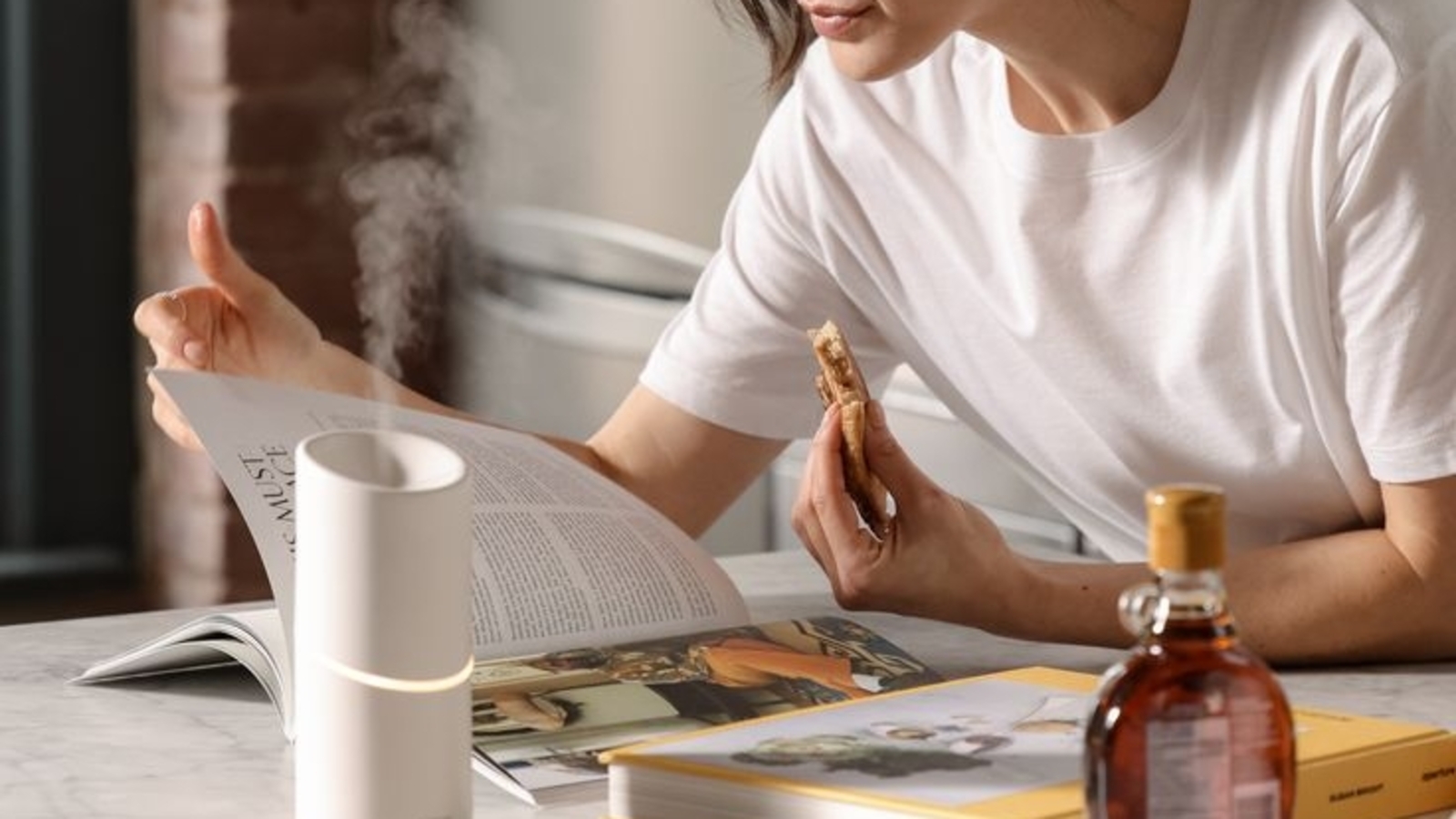Certain health symptoms can act as indicators of indoor air quality issues, especially if they emerge after moving into a new home, undertaking renovations, bringing in new furniture or using pesticides indoors. Everyday activities can contribute significantly to indoor pollution.
In an interview with HT Lifestyle, Dr Sachin Kumar, Senior Consultant – Pulmonology and Critical Care Medicine in Bengaluru, advised, “Signs of poor ventilation are important to monitor. Indicators that your home may lack adequate ventilation include condensation on windows or walls, unpleasant or stale odours, dirty heating and cooling systems and mold growth on items like books or shoes.” He highlighted 6 hidden signs of indoor air pollution to watch out for –
1. Cleaning solutions:
Dr Sachin Kumar revealed, “Ammonia, bleach, and volatile organic compounds (VOCs) are among the potent chemicals frequently found in household cleaning solutions, such as disinfectants and surface cleaners. In addition to irritating the skin, eyes, and nasal passages, these chemicals can result in respiratory issues. VOCs generated during cleaning can remain in the air for a long time after the operation is finished, according to research. Phthalates are also released by certain scented cleaning products and they have been linked to endocrine system disturbances.”

2. Enhancing ventilation:
The majority of forced-air heating and cooling systems in homes do not have built-in methods for bringing in fresh outdoor air. Dr Sachin Kumar suggested, “When the weather permits, use window or attic fans, open windows and doors, or operate a window air conditioner with the vent open to improve outside ventilation. Increasing the circulation of fresh air and eliminating pollutants directly from bathrooms and kitchens can also be accomplished using fans that exhaust to the outside.”
3. Air fresheners:
Dr Sachin Kumar said, “Air freshners, scented candles and incense can enhance indoor ambiance but often release harmful VOCs like formaldehyde. Burning paraffin candles emits particulates and toxins, while synthetic fragrances in air fresheners may trigger headaches, dizziness and respiratory issues.”

4. Carpets, rugs and upholstery
Dr Sachin Kumar said, “Carpets, rugs, and upholstery can collect dust, allergens and VOCs, which are gradually released into the air. Older carpets may harbor dust mites and mold, while newer ones often emit VOCs, worsening air quality and triggering asthma or allergy symptoms.”
5. Plastic items
According to Dr Sachin Kumar, plastic items such as furniture and kitchenware, can release chemicals like phthalates and BPA, affecting air quality. Many plastics emit more VOCs as they age or when heated.
6. Air cleaners
Dr Sachin Kumar insisted, “Air cleaners can contribute to indoor air pollution if they are ineffective at removing particles or if they poorly filter out gaseous pollutants. Table-top models often have limited capacity, particularly with strong pollutant sources, and can be inadequate without source control. Additionally, certain devices like ozone generators may emit harmful byproducts, impacting air quality.”











